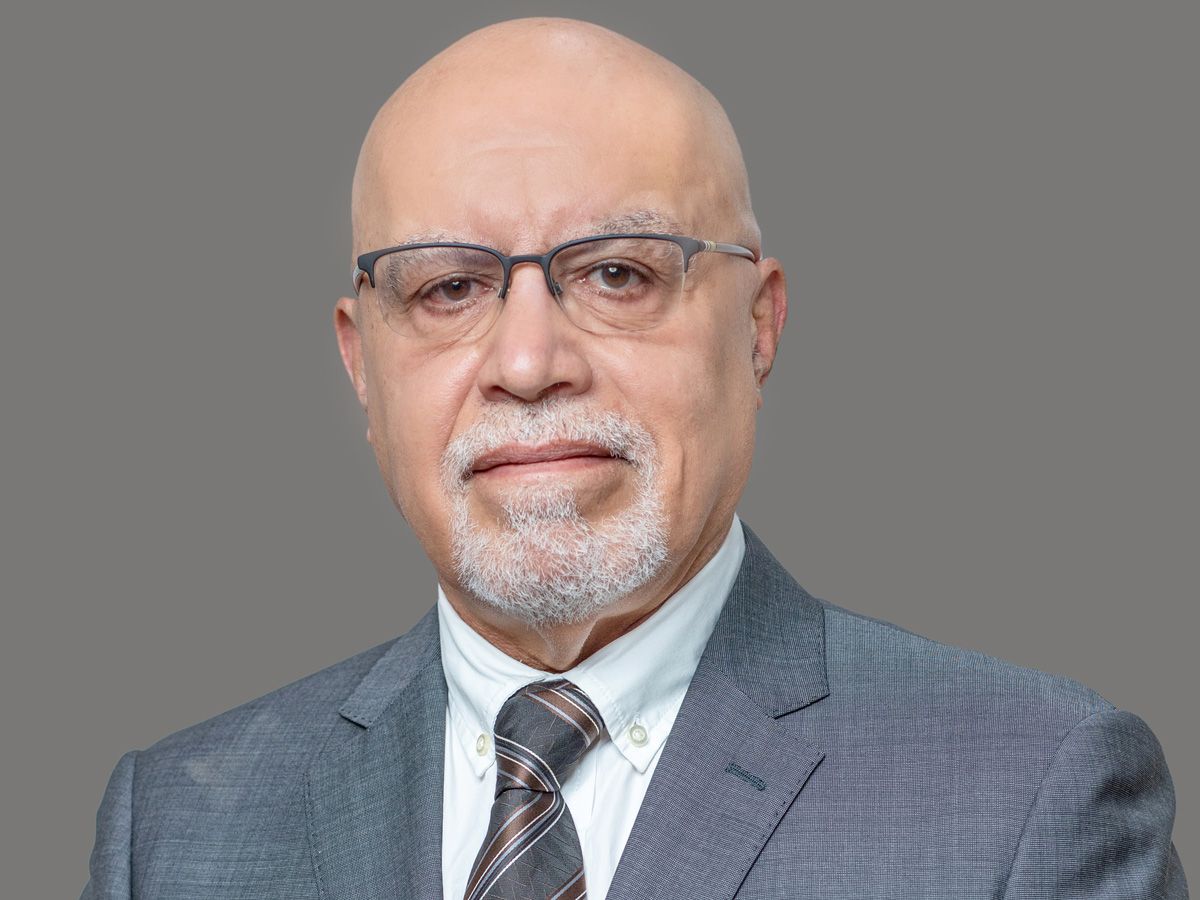Medcare: Why migraines are more than a bad headache

Image Credit: Supplied
A migraine, contrary to popular belief, isn’t just a bad headache.
Dr Khalid Al Saffar, Specialist Neurologist at Medcare Hospital Al Safa, explains that migraine is a special syndrome that is diagnosed after at least two of the following symptoms are observed: throbbing or unilateral pain in the affected location and pain threshold that spans from moderate to severe. Migraine headaches also generally worsen with physical activity.
In addition, one out of three patients suffer from photophobia (light sensitivity) or sound sensitivity. These signs are often associated with nausea or vomiting.
In order to find the right treatment, adds Dr Al Saffar, “Our approach is to ask for detailed information about the patient’s pain, like the character, date of onset, radiation path of pain, severity, which factor increases or decreases the ache, how pain is relieved, the recurrence rates and how it affects the person’s job and the quality of life.”
With this approach, he says, one can reach the correct diagnosis, leading to proper treatment.
It is important to talk about the type of pain one is feeling and its triggers since there’s no single cause for migraines. In a UNC Health blog post, the American non-profit explains that one of the most common causes of migraines in women are hormonal changes, and while both sexes may have bouts of it, women are three times more likely than men to experience them.

Image Credit: Supplied
The first step to getting back to normal life, says Dr Saffar, is patient awareness. “This is important to minimise stress, improve the quality of life, and go back to normal life with better quality and better productivity.”
The World Health Organisation says migraines are one of 10 most disabling illnesses on Earth. Because of its pervasiveness – over 10 per cent of the world’s population is thought to suffer from the condition – much research has been done on the subject of migraines.
“Recent advances have meant the introduction of a new group of medications that antagonise special neurotransmitters, which mediate the mechanism of migraine headache, [resulting] in a breakthrough in the special treatment of migraines. This results in substantial improvement in migraine headaches, especially episodic and chronic migraines,” says Dr Al Saffar.
There are two types of migraines. An episodic migraine, according to the Journal of the American Medical Association, “is defined as having a migraine on fewer than 15 days per month.” When a migraine occurs for more than 15 days in a month, Dr Al Saffar adds, for over three months, it is considered a chronic migraine.
These two types of migraine headaches can severely affect a person’s quality of life, by disrupting sleep patterns, diminishing job capability and thus income capacity. According to the US-based National Headache Foundation, more than half (51 per cent) of those who suffer from migraines report a dip in work or school productivity and 66 per cent report a 50 per cent or more reduction in household work productivity.
“These [new] medications have a significant effect on migraine prevention rather than treating the acute headache attacks, which renders patient’s quality of life much better and more productive,” explains the Medcare doctor.
When treating migraines, Medcare doctors begin by using medications for migraine prevention that have been tried and tested in the market and if two of these first-line treatments fail to stem the problem, they use the new anti-Calcitonin gene-related peptide antibodies (CGRP) group of medication.
“Sometimes, in the case of bad migraines, when the response to treatment is not satisfactory, I use a combination of more than one preventive medication. Besides, in the case of chronic migraines, when the headache days are more than 14 per month and other medications have failed including the new antCGRP group, we use Botox sessions for migraine prevention. In this case, we prescribe one Botox session every four months over two years,” says Dr Saffar.
“Sometimes, we do occipital nerve blocks, which can be useful [in combatting] some resistant migraines.”
New treatments have landed in the market, which offer high efficacy and fewer side effects, and some of them provide acute pain relief. While others, says Dr Al Saffar, are for prevention. Some are given monthly or every three months with different routes of intake, from subcutaneous to oral. In the future, he adds, “we are expecting other relievers such as nasal inhalers, which will make life easier for those suffering”.
The good news is that by identifying triggers and using these treatments, migraines can be differed, and their severity curbed. Get ready to say goodbye to those terrible headache days.


